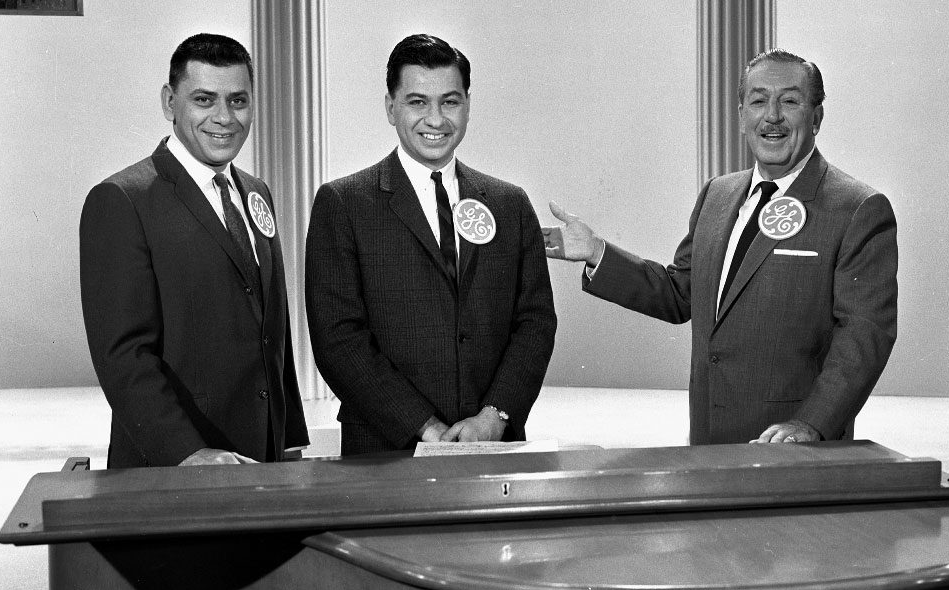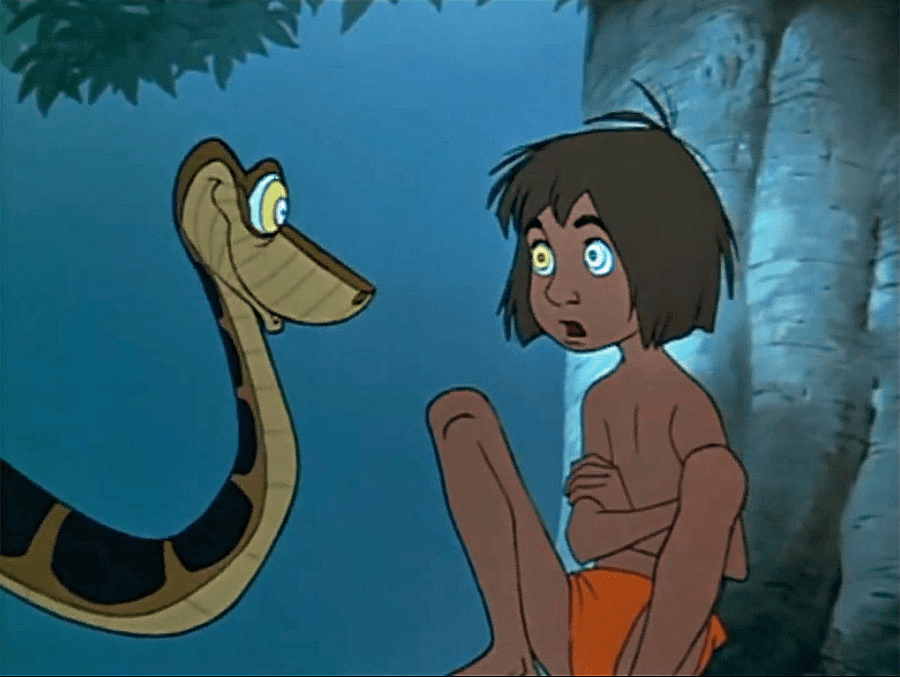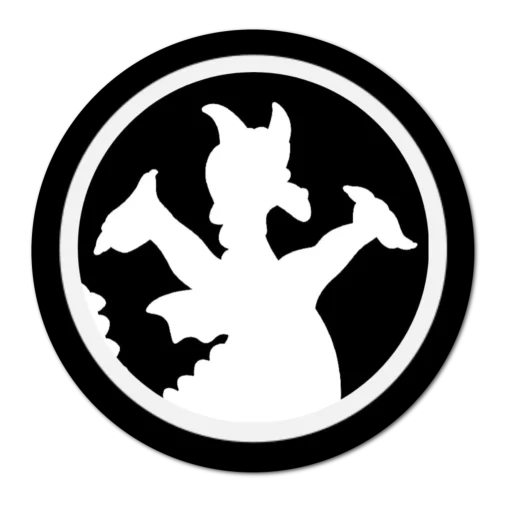(A version of this article was shared with Pirates and Princesses on March 18, 2023.)
Disney’s The Jungle Book is now 66 years old. I recently watched the original animated film for the first time in forever (to coin a phrase) and found I had forgotten much of what I loved about the film when I first saw it as a kid. This timeless classic (and to a lesser degree its admirable 2016 live-action reimagining) is woven into the fabric of Disney animation lore, so let’s celebrate with a few fun facts about one of my favorite Disney films.
Litmus Test

The success of Disney animated films saw many highs and lows under the direction of Walt Disney. But even during those times when films didn’t perform as well as hoped, employees at the Disney Studios always felt confident with Walt at the helm. When Walt died on December 15, 1966, the studio was in the middle of producing The Jungle Book. Many animators feared that if the film failed, animation might close down at the Disney Studios. The Jungle Book performed extremely well in theaters – earning a box office of over $375 million, with a budget of less than $5 million. The film’s success restored confidence that the studio could indeed succeed beyond Walt, and ensured that the studio’s animators would not be out of work.
Trivia Tidbit: On the subject of animation, the process of Xerography developed by Disney Legend Ub Iwerks allowed Baloo the bear to carry his wobbly strut straight into a future animated film. Find out which film and character here (and here’s a clue: Bubbly entertainer Phil Harris voiced both Baloo and this other character).
These Birds Can Sing!

So you know those four vultures who tease Mowgli near the end of the film? They may enjoy playing with Mowgli, but they actually end up helping him escape the clutches of Shere Khan. These four birds were modeled after the Fab Four themselves – The Beatles. Disney tried to get John, Paul, George, and Ringo to agree to play the parts of Buzzie, Dizzy, Flaps, and Ziggy, and sing the song “That’s What Friends Are For”, but they never committed to the part. Legend has it John Lennon refused to participate (which is quite possible, given his often stubborn personality). The vultures were still animated to resemble the Fab Four, and they share the British Liverpudlian accent, but the song’s style was transformed to resemble a Barbershop Quartet (more suited to be performed by the Dapper Dans).
For the 2016 reimagined live-action version, director John Favreau briefly entertained the idea of having remaining former Beatles members Paul and Ringo do a cameo for the film, but that plan never got off the ground.
Mood Music

Like many Disney films, the source material for The Jungle Book (based on Rudyard Kipling’s novel) was too dark for Walt’s more lighthearted fare. At the outset of the film’s production, longtime Disney collaborator Terry Gilkyson was the first songwriter to work on the film. Walt felt that Gilkyson’s songs were too dark for the film, and he brought in the Sherman Brothers to rewrite the music and lighten the mood with a more “fun” score.
While most of the music was completely replaced, Gilkyson’s “Bare Necessities” was kept in the film. Ironically, “Bare Necessities” – the only song not created by the legendary Sherman Brothers – was the one that went on to be nominated for an Academy Award. And listen closely to “Bare Necessities.” Does it remind you of another famous Disney song? The tune’s lighthearted philosophy provided inspiration for Elton John, who wrote “Hakuna Matata” for 1994’s The Lion King.
One last note about the film’s music. Kaa the snake’s song “Trust in Me” is a Sherman Brothers tune which was originally written as “Land of Sand” for 1964’s Mary Poppins, but was never used for that film.
I Wanna Be Like You

“Oh, oobee doo
I wanna be like you”
King Louie, an orangutan who wants Mowgli to help him discover the secret of “Man’s red flower” was not in Rudyard Kipling’s 1894 novel. He was created specifically for the Disney film. Lots of thought went into casting the voice for King Louie. Legendary jazz singer Louis Armstrong was originally picked to voice the role, but Walt feared that the idea of Armstrong – who was African-American – to play an ape-like character might cause the audience to find the film racist. So instead of Armstrong, Walt cast another jazz singer – Louis Prima. In performing the role, Prima spoke in his normal voice. Being a white man of Italian descent, casting Prima as the orangutan king helped distance the notion of the character being of racist origins.
For the 2016 reimagining of the film, King Louie was again voiced by a white entertainer – actor Christopher Walken.
Trust In Me

Throughout history, pop culture has taught us that we can never really trust a snake. Kaa the python is no exception to this philosophy. As a secondary villain in the Disney film, He tries multiple times in the film to trick Mowgli into being his next meal.
This is a marked difference from Kaa’s actions in the 1894 novel, where he ultimately ends up helping Mowgli out of a jam. Walt had a keen finger for the pulse of the public, and he did not think the film’s audience would accept the idea of a snake as anything but a villain.
Because of Walt’s insistence, Kaa will forever be known as the only character (out of many, many characters) voiced by Disney Legend Sterling Holloway to be a villain. The only other character voiced by Holloway to even come close is the troublesome Cheshire Cat in Alice in Wonderland (1951).
There you have it – five(ish) fun facts about this timeless tale from deep within the jungle. Are you a fan of the Jungle Book? Feel free to reach out with a comment here, or send a direct message on social: Instagram Facebook X




